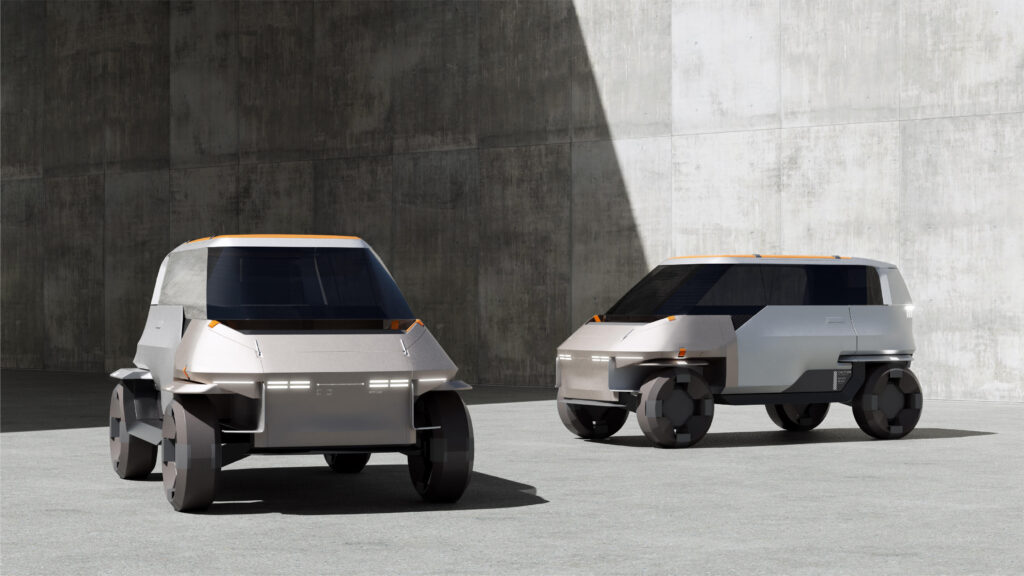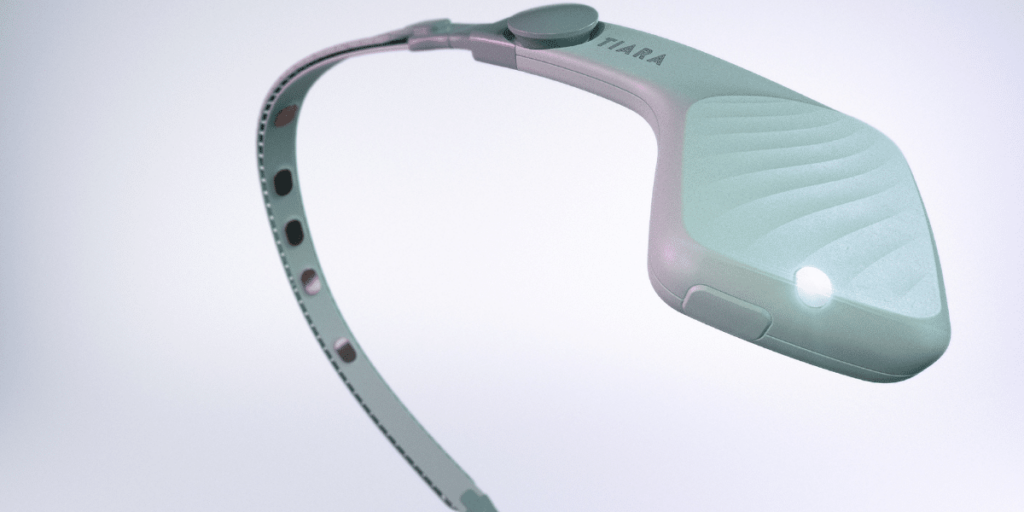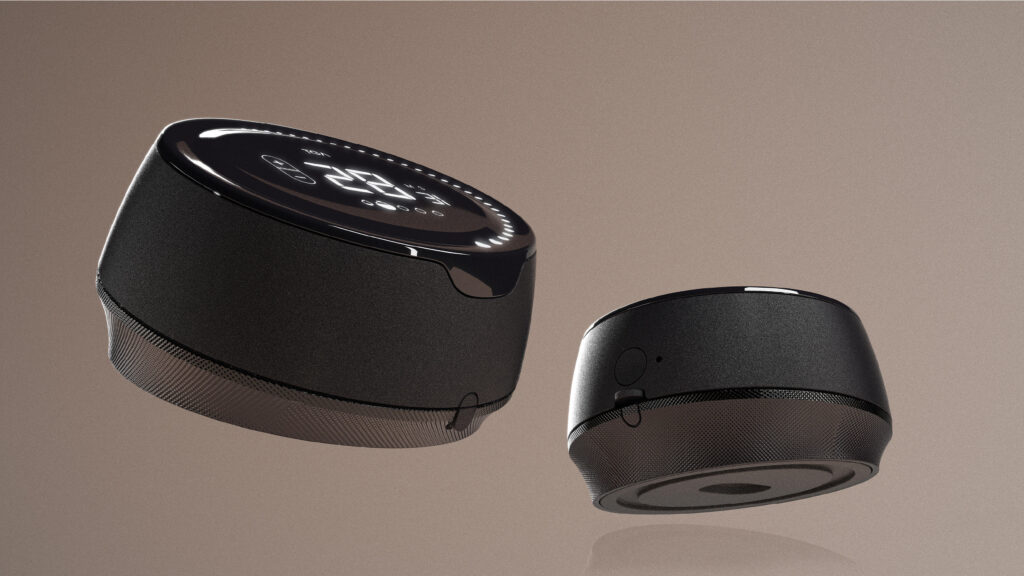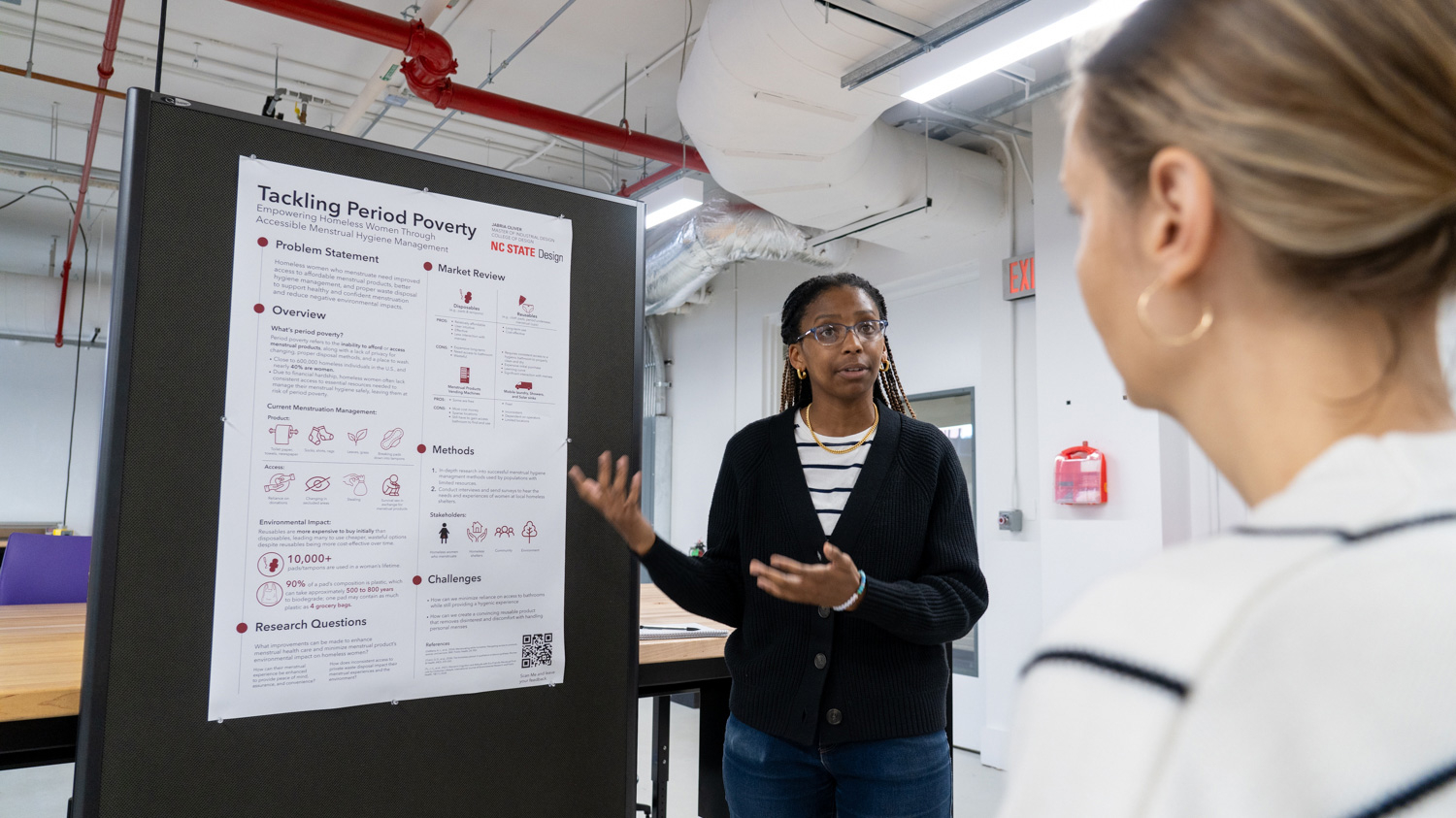Recent Grad Brings Home 2024 IDSA Student Merit Award

Industrial Design alumnus Danny Wang [BID ’24] recently won the IDSA Student Merit Award for the South District.
This means Danny will compete at the International Design Conference & Education Symposium in Austin, Texas September 11-13 for the national award.
The competition is one of IDSA’s longest-running programs and highlights the very best creativity, problem-solving and design brilliance in each of IDSA’s five North American districts. Student finalists are selected by each participating school to represent their program at the district level.
A jury panel of design leaders and educators representing a cross-section of professional practice and design academia is assembled annually to review and select district winners. Two winners are selected from each District for this prestigious distinction, one at the undergraduate (SMA) level and one at the graduate (GSMA) level.
“As people, we often become stagnant and complacent with how things are, forgetting to ask ourselves how things could be.” – Danny Wang [BID ’24]
“As people, we often become stagnant and complacent with how things are, forgetting to ask ourselves how things could be,” says Danny. “As a designer, it is my responsibility to ask these ‘what if’ questions that lead to new and unique experiences. I am very experimental with shapes and forms, often finding value in sparking new conversations rather than adhering to the status quo. My goal is to create evocative designs that require a precise harmony between function, aesthetics and user experience.”
More about Danny’s winning projects:

AXL Micro-Mobility is a microcar optimized for the American market. This micro-mobility solution is capable of high-speed travel by extending its wheels while in motion, offering stability on highways while being space-efficient in cities. The design language also echoes this theme of motion with aggressive diagonal lines and open spaces around the wheels.

Tiara is a personal electroencephalogram (EEG) monitoring device that helps chronic migraine users proactively anticipate and prevent the onset of migraine attacks. The device detects brain wave activities associated with migraine attacks, allowing the user to effectively prevent/prepare for the headache phase hours beforehand. The device is meant for daily monitoring applications, so the design resembles a fashion accessory with soft pillow forms and functional fabric decor.

Smart Timer: Boasting a one-finger activation method, the Smart Timer allows home bakers to not need to wash both hands before setting a timer. The Smart Timer takes our traditional understanding of a kitchen timer and ushers it into modernity. The goal was not to design a replacement for the kitchen timer (a phone timer app would suffice for that purpose) but to elevate this quintessential product to meet the user experience standards that modern industrial design demands.
This post was originally published in College of Design Blog.


